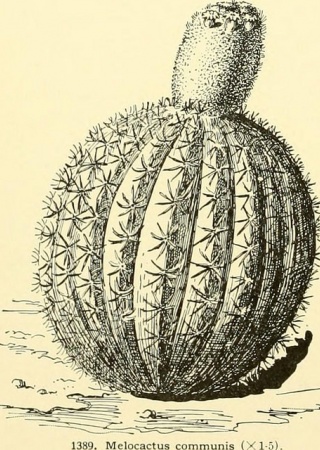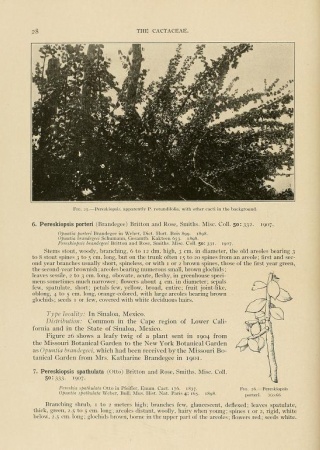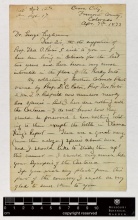Katharine Brandegee
- Katherine and T.S. faced shipwrecks, bears, wolves, and coyotes in their adventures to collect plant specimens?
- When Katherine was reported to have been shipwrecked after collecting botanical samples, the first thing T.S. asked was if her plant specimens were okay?
- Katherine often walked long distances in dangerous, desert-like or mountainous terrain in order to collect plant specimens, and rode astride mules in a pair of pants in order to travel certain areas (this type of behavior was considered unladylike)?
- Katherine did not believe in the pre-Darwin notion that all plants belonged to different, unique species (scientists with such beliefs were called “splitters”), but agreed with the “lumpers” that many different variations of plants could belong to one species?
- Katherine had a feud with Edward Lee Greene, a botanist who purportedly told Asa Gray, creator of the well-respected botany department at Harvard, that he was the botany curator at the Academy and Katherine was his assistant—when she was truly the curator and he relied upon her expertise; Katherine said that Greene’s “kind of botany was taught, probably, in the Middle Ages to which Mr. Greene properly belongs”?
- In 1892, Katharine gave all of her $80 a month stipend to a young botanist, Alice Eastwood, so that Alice could work at the Academy; Alice later became a famous botanist?
- Even though Katharine wrote and edited most of the articles in theBulletin of the California Academy of Science, she had to be labeled as "active editor" because scientists would not think highly of a journal written and/or edited by a woman?
- Katharine is born in 1892.
- She marries constable Hugh Curran at the age of 22 (he dies when she is 30 due to alcoholism).
- In 1883, Albert Kellogg retires as Curator of the California Academy of Sciences, and Katharine is appointed to the position; Katherine’s public feud with Edward Lee Green ensues
- In 1889, Katharine marries fellow botanist T.S. Brandegee.
- Katherine has at least 12,000 herbarium sheets in her private collection with T.S.
- Katherine passes away in 1920 at the age of 75, and T.S. passes away in 1925 at the age of 82.
Katherine Brandegee (1844-1920) was born in Salt Lake City, and then moved with her family to California. She married at 22 and was a widow at age 30. This life change enabled her to pursue her dream of starting a medical practice. She was a hard worker and did not let the sexism of the times deter her, earning her M.D. from the University of California in 1878.
Pharmacological classes at medical school inspired her to study medicinal herbs. Her instructor, Hans Herman Behr, trained her in botany and convinced her to take on plant taxonomy at the herbarium at the California Academy of Sciences. She officially became a member of the Academy in 1879, and then Curator in 1883. She singlehandedly increased the holdings of the herbarium and created the Bulletin of the California Academy of Science, engaging in scholarly writing and editorial work. Now that the Academy had a botany publication, west coast botanists had a viable means of publishing their new findings.
During her time at the Academy, Katherine was respected by men in positions of authority and became actively involved in Academy politics, a rarity for a female. When she turned 40, she met a fellow botanist, Townshend Stith (T.S.) Brandegee, and they married in 1889 and spent their time collecting plant specimens together. Katherine helped T.S. write his botany books, though she is not often credited. The Brandegees also created a botany journal together called Zoe.
Katherine ended up moving with T.S. to San Diego, where they created a herbarium, library and large native plant garden. In addition, they mentored other botanists such as Carl Purpus, aiding him in his specimen-collecting expeditions to Mexico.



